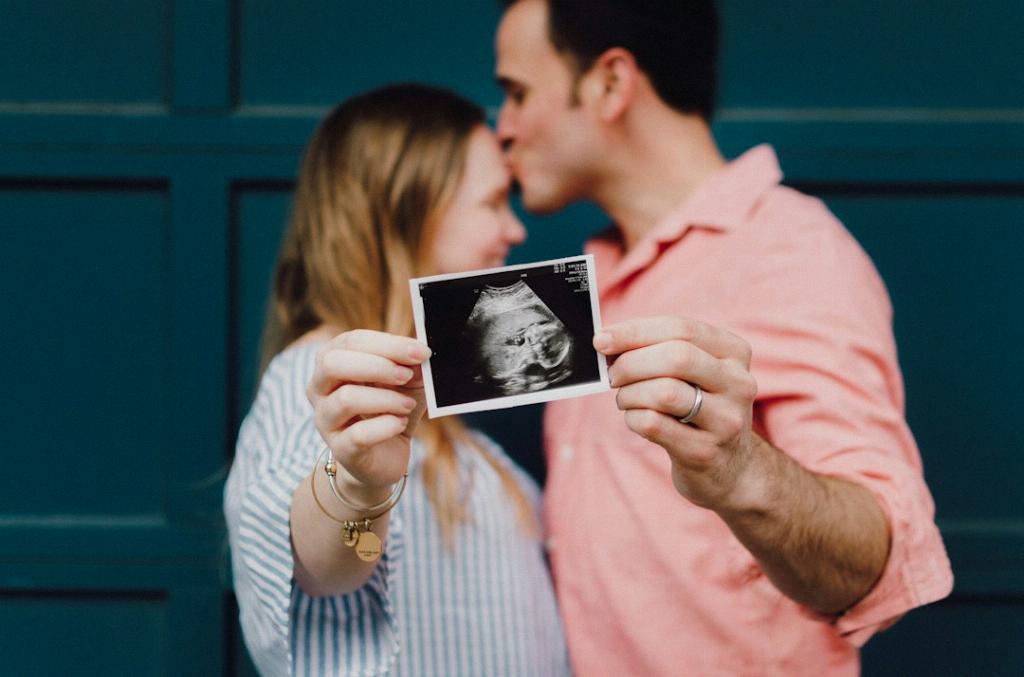When one undergoes a cesarean section, commonly referred to as a c-section, a surgical incision is made on the abdomen and uterus to deliver the baby. This incision is a crucial part of the procedure, and how it looks post-surgery can vary from person to person.
The typical appearance of a c-section scar is relatively small, ranging from around 4 to 6 inches in length. It is often pink in color, particularly in the initial stages of healing. However, it is important to note that the final appearance of the scar can be influenced by various factors.
One of the key factors that can affect the appearance of a c-section scar is the individual’s body type. Different body types may react differently to the healing process, resulting in variations in scar appearance. Factors such as skin tone and texture can also play a role in how the scar ultimately looks.
Another significant factor that determines the appearance of a c-section scar is the type of c-section incision that was performed during the surgery. There are various c-section incision types, including the transverse (horizontal) incision and the vertical incision, each leaving a distinct scar pattern.
For those who had a transverse c-section incision, the resulting scar is typically horizontal and located right above the pubic hairline. This type of incision is one of the most common and often results in a relatively discreet scar that can be easily hidden by underwear or swimwear.
In contrast, a vertical c-section incision may result in a scar that runs vertically down the abdomen, typically in the midline. While less common than the transverse incision, the vertical incision may be necessary in certain medical situations and can lead to a different scar appearance.
It is essential to keep in mind that proper wound care and healing practices can significantly impact the final appearance of a c-section scar. Following post-operative care instructions provided by healthcare professionals can help promote optimal healing and potentially minimize scarring.
Additionally, individual differences in healing abilities and genetics can also influence how a c-section scar ultimately looks. Some individuals may naturally have a tendency to develop more pronounced scars, known as hypertrophic or keloid scars, which may require additional treatment.
Over time, most c-section scars tend to fade and become less noticeable. While the initial scar may be pink or slightly raised, it often matures and flattens out over the following months and years. Good scar management techniques, such as massaging the scar and applying scar reduction creams, can further help improve its appearance.
In conclusion, the appearance of a c-section incision can vary based on factors such as body type, c-section incision type, and individual healing abilities. While most c-section scars start off small and pink, they have the potential to change in appearance over time with proper care and management.

